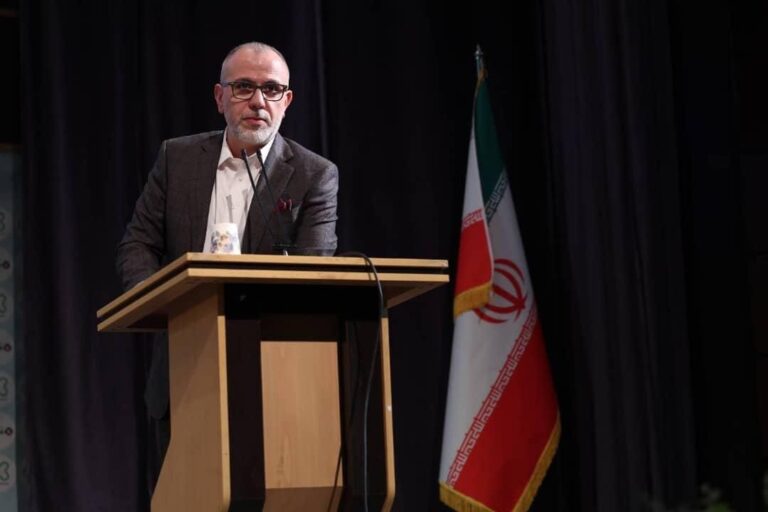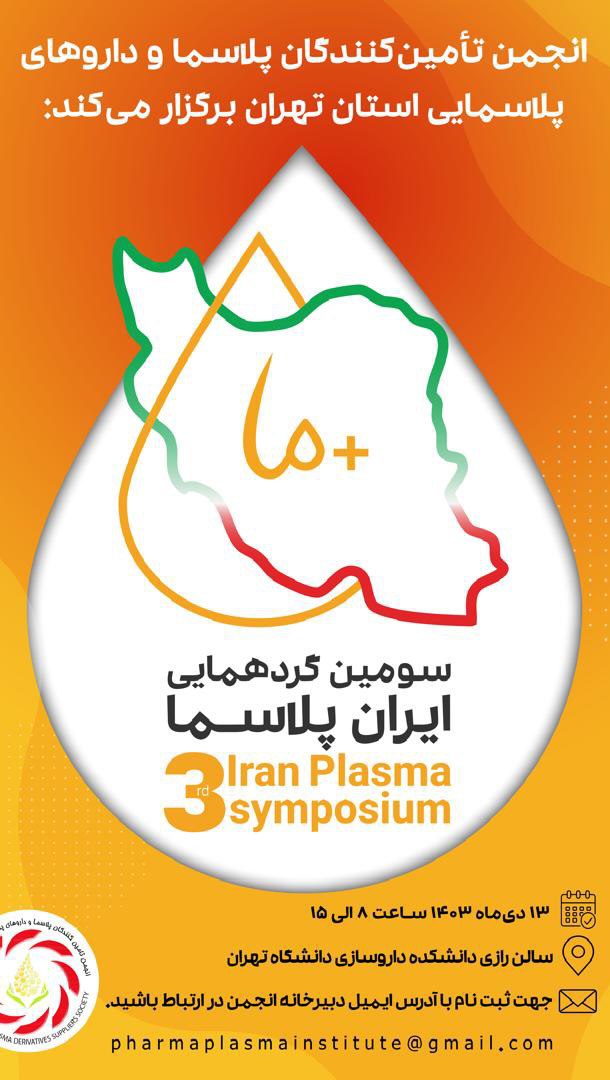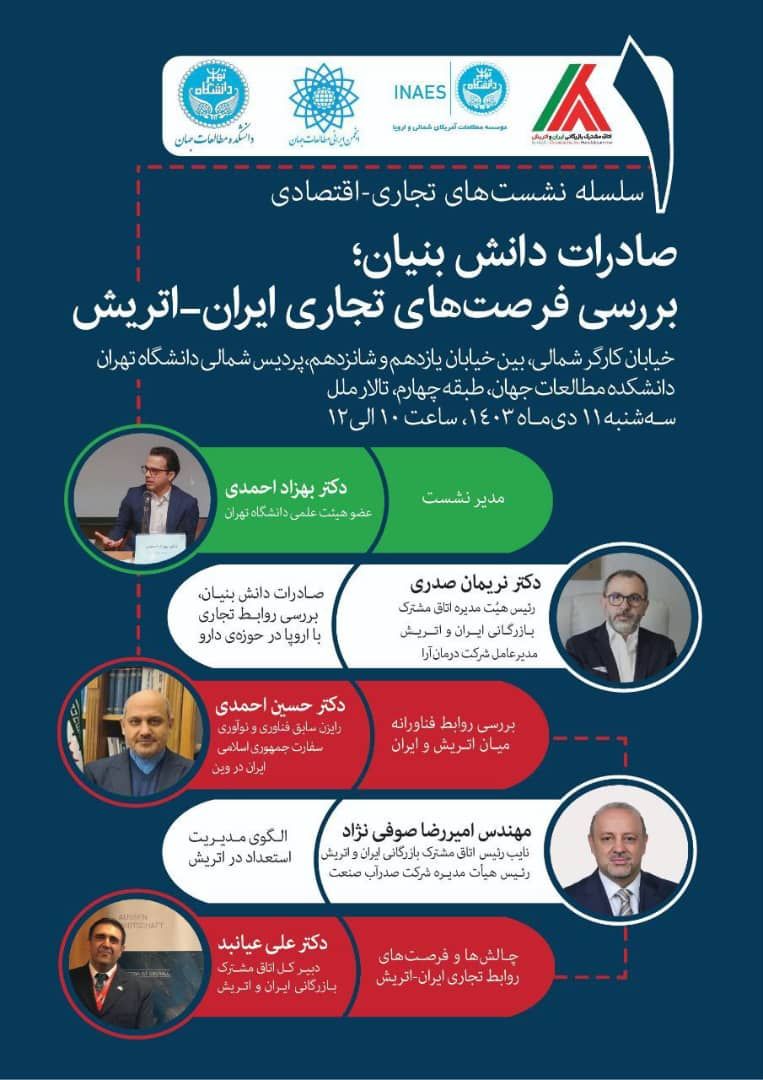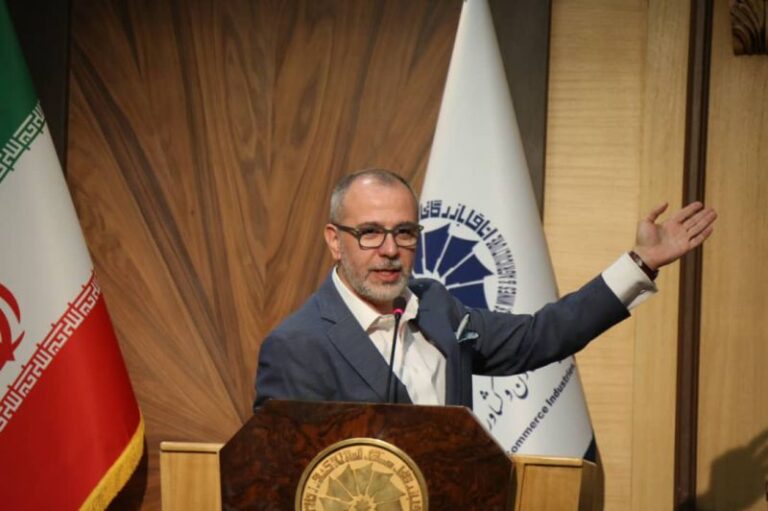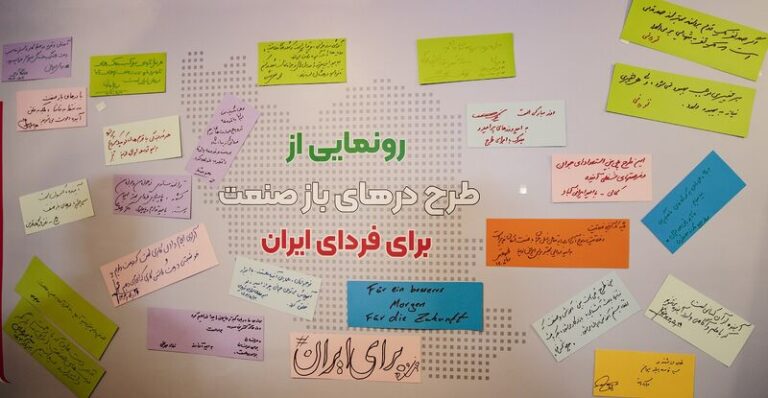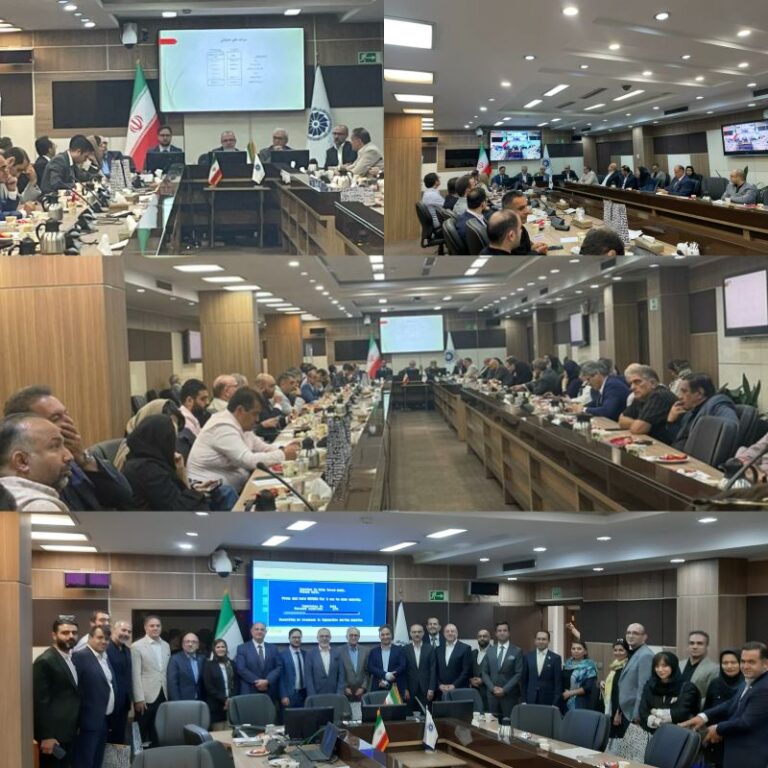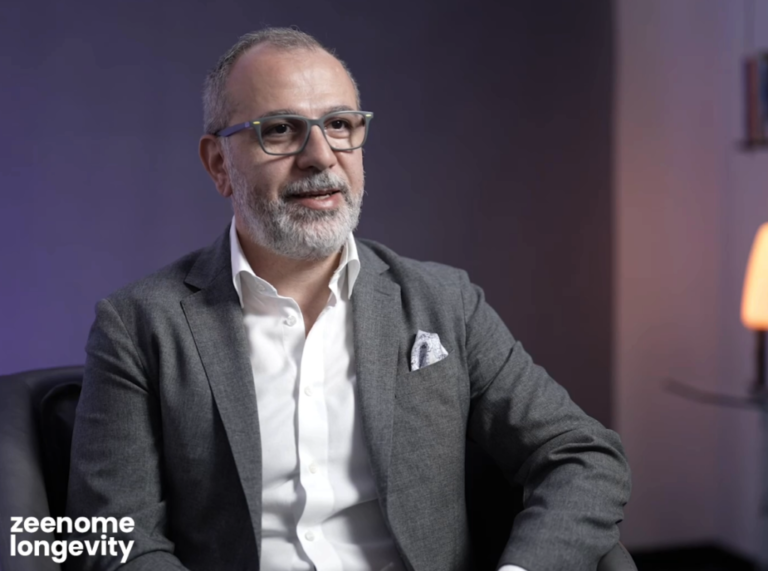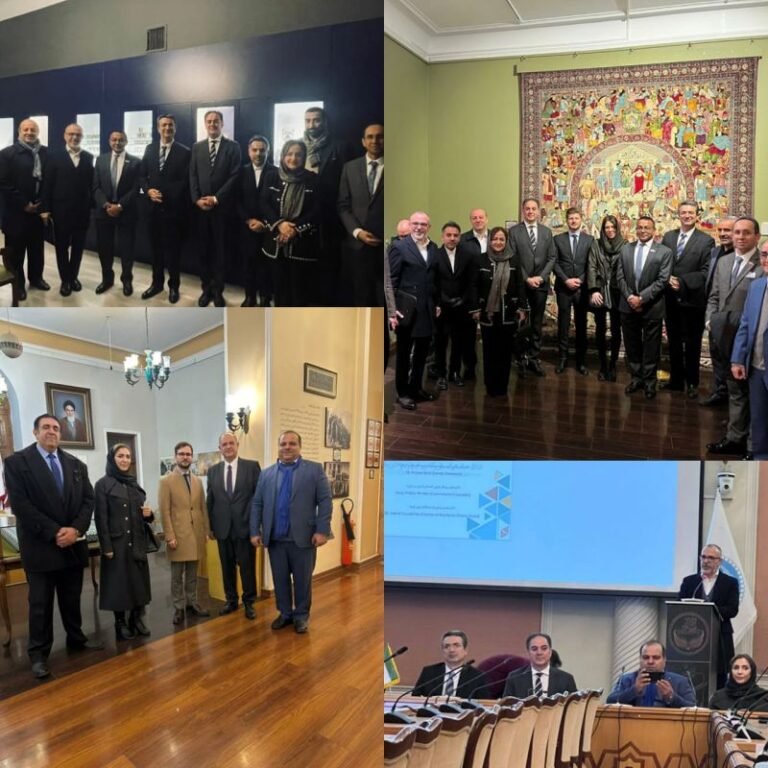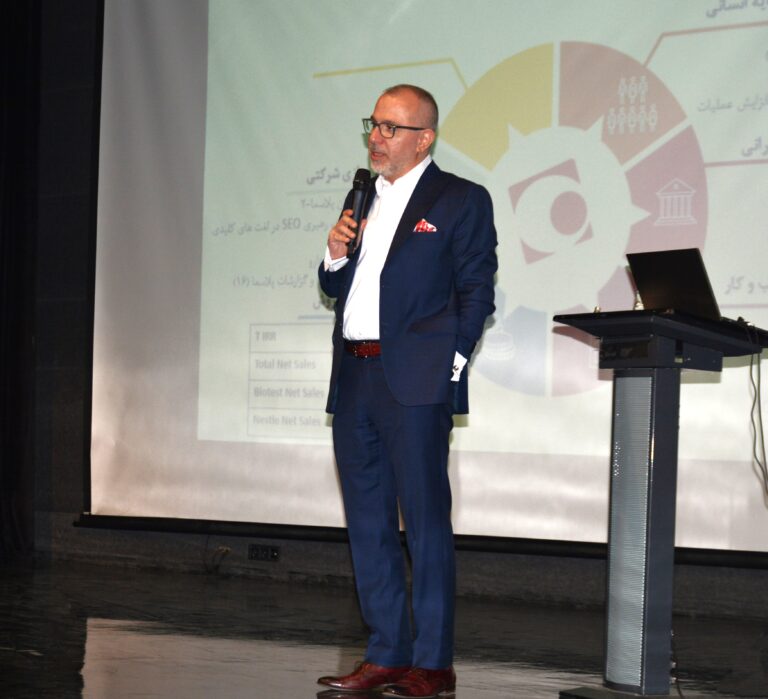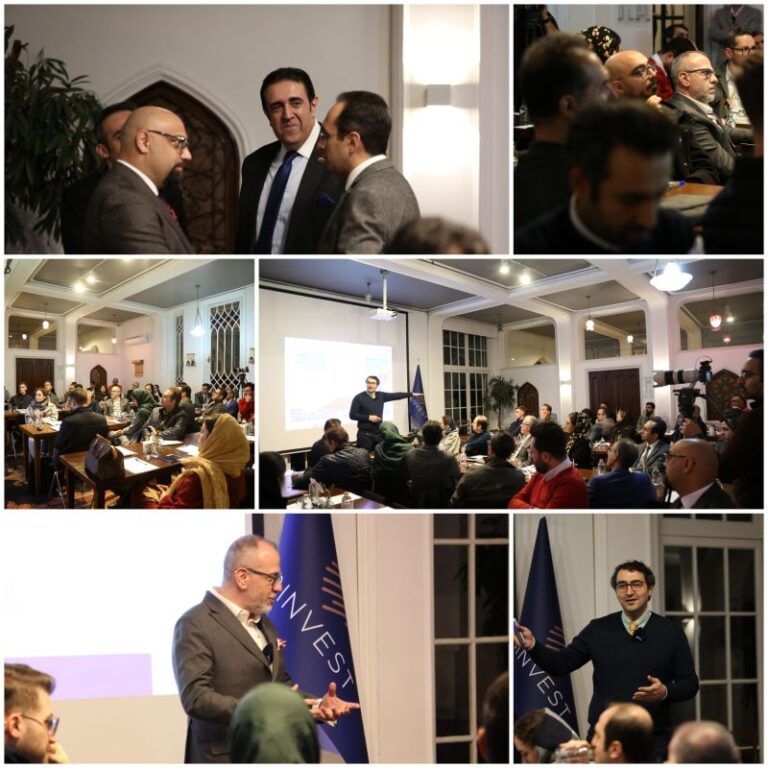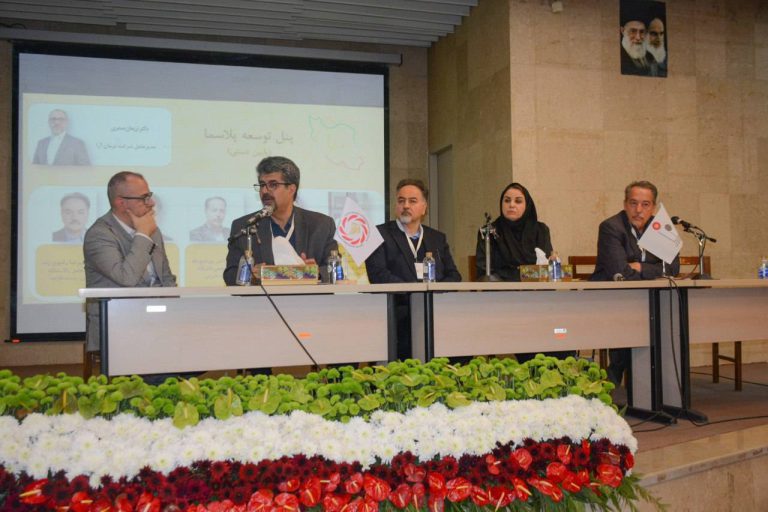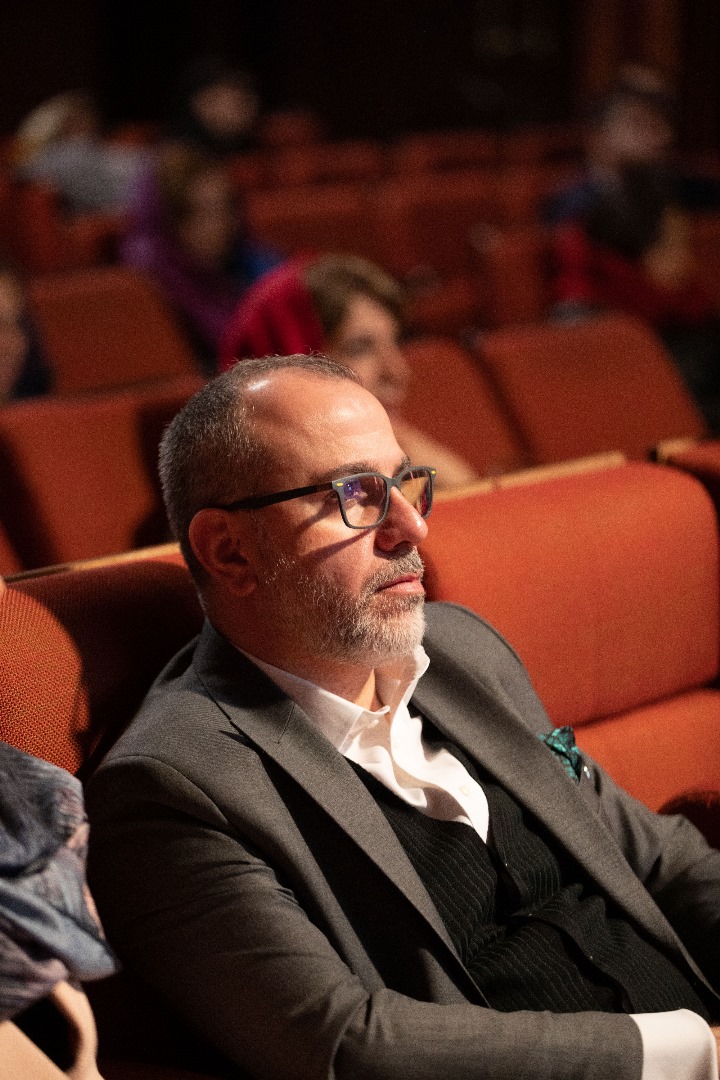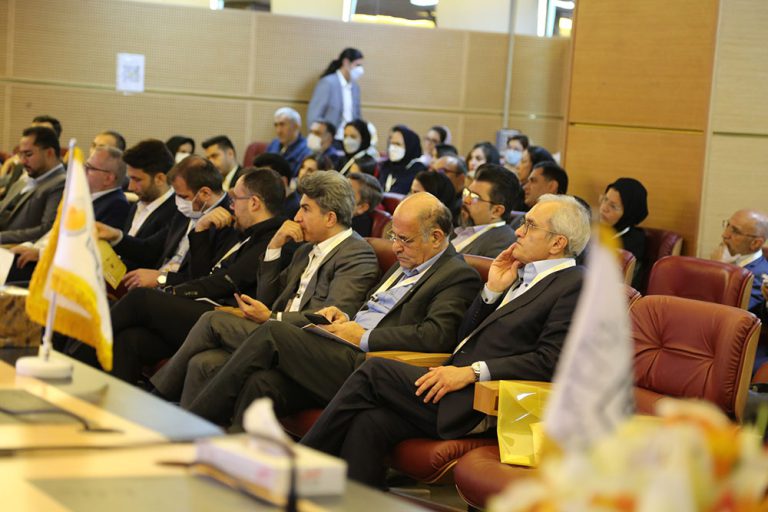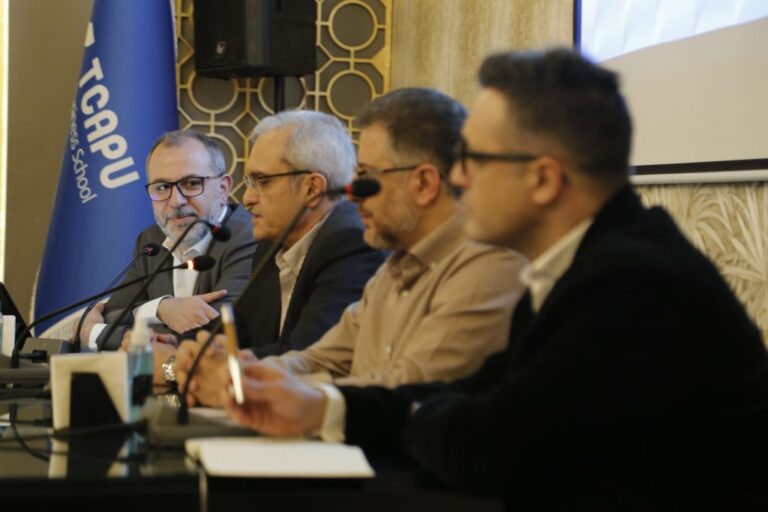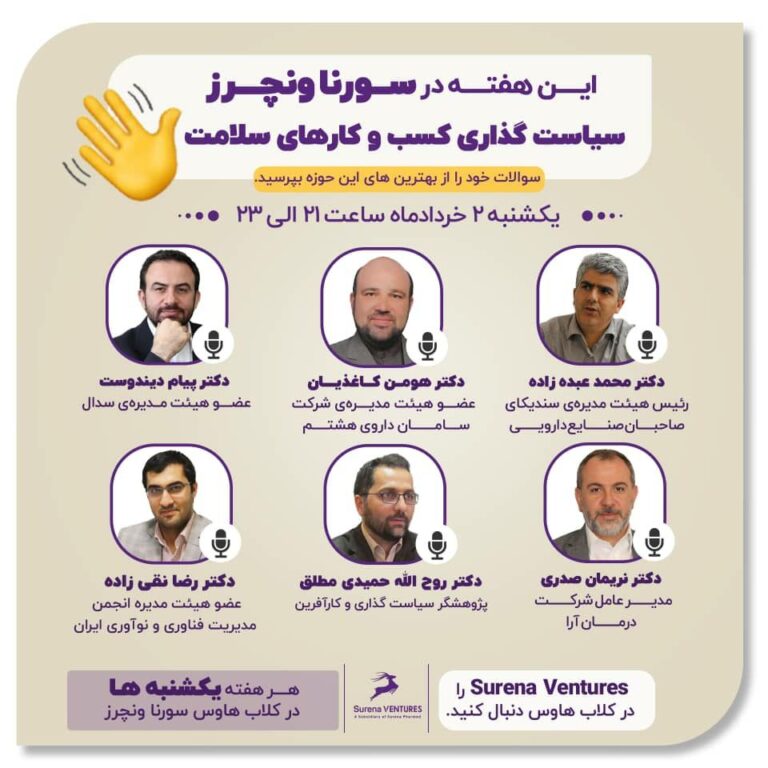David Hume, the great philosopher, elaborates on the concept of association in his A Treatise of Human Nature. Association is a complex series of reactions that occur quickly and automatically, without effort, in response to an event, linking it to another phenomenon in our mind. Hume summarized the principles of association into three main rules: First, similarity like associating one person with another due to their physical resemblance; second, contiguity in time and place such as associating a swimming pool with sunbathing; and third, causality like associating a cold with a virus. Since Hume’s time, our understanding of association has greatly expanded, though we still don’t fully understand how thoughts triggered by one thing cascade and scatter into other thoughts in the brain.
Association is one of the remarkable functions of System 1. When we encounter a phenomenon, System 1 quickly assigns meaning to it and unconsciously creates a causal story, weighing potential threats and preparing us for future events. This is, without a doubt, the biggest cognitive bias I’ve encountered, as described in Daniel Kahneman’s book Thinking, Fast and Slow. The problem is that these associations and many of our behaviors are influenced by events we’re not even aware of. For example, if I’ve never liked a local supermarket for no clear reason, somewhere in the back alleys of my mind, there may be an association with a negative person or event. This dislike has been primed by past experiences and dozens of things I’m unaware of. We must accept this strange idea that our actions and feelings are pre conditioned by events we aren’t even conscious of.
When I was reading about association and priming, I couldn’t believe it at first. Of course, it’s not that strange I read books with Nariman 2, and Nariman 2 believes it’s responsible and knows the reasons for its choices, so it doesn’t believe it. But poor Nariman 2, with all the experiments and statistical evidence, can do nothing but accept the truth. Our practical experiences contain stories that System 2 constructs about phenomena, while priming and association occur in System 1, and we have no conscious access to them.
This morning, I went to the Austrian Embassy garden for a gathering. Apart from the stunning old mansion in the middle of the garden that mesmerized me, the ambassador gave an excellent speech about Iranian culture, immersing me in all the positive aspects of Iran’s cultural heritage. Right after, I went to our office space for another meeting, which is a beautifully designed and professional setting for business meetings. Every time I’ve been there, I’ve been impressed by the exquisite taste of the managers of the space. But today, the visit to the office space felt different. I looked at the paintings more closely than usual, perhaps for the first time noticing the simple plasterwork in the seminar hall. Even the old mirror in the restroom struck me as a very artistic choice. I have no doubt about the beauty of the office, but this thought preoccupied me: The last time I visited, I carried with me the mental preparation of facing a lot of negative energy due to the subject of my meeting, and I didn’t have a particular cultural experience. Today, however, the psychological preparation in the embassy garden and the ambassador’s speech might have primed me for a new experience.
Timothy Wilson, in his book Strangers to Ourselves, discusses this aspect of System 1. Now, you have become acquainted with this “stranger” within yourself, who might actually be in control of most of your actions, even though you have no conscious clue about it.
For this week, I won’t be doing a new exercise; I’ll just be an observer. Perhaps I’ll find simpler instances of how Nariman 1 controls my emotions and actions, like in the case of the office visit.
maybe …






